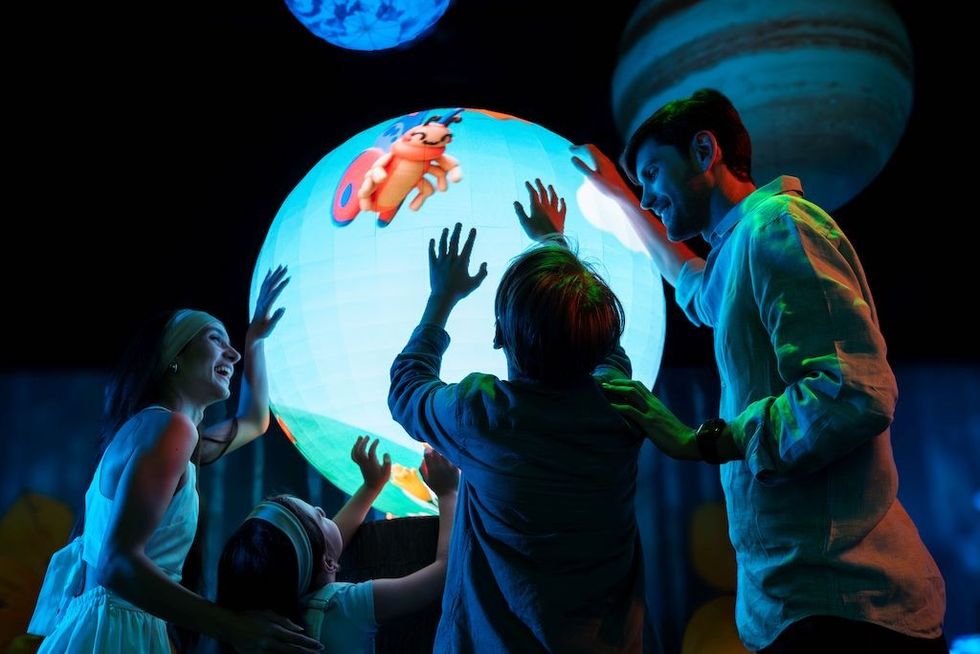Wanda Film has set out an ambitious plan to redefine what cinemas can be in China’s rapidly evolving leisure economy, unveiling a “Super Entertainment Space” (超级娱乐空间) strategy that places the big screen at the centre of a broader ecosystem of content, retail, gaming and social experiences.
The approach, detailed at the company’s 2025 strategy conference, which took place on 16 June at Tank Shanghai Art Space, positions the cinema not only as a venue for film exhibition but as a multi-layered cultural and commercial platform.
The new strategy is codified as a “1+2+5” blueprint: one core concept (the Super Entertainment Space), two markets (domestic and international), and five business pillars spanning cinema operations, film and series production, strategic investment, designer toy retail, and gaming.
Wanda argues that the new structure expands its growth horizon by integrating capabilities previously treated as independent units.
A cinema model rebuilt around experience density
At the heart of Wanda’s new plan is the idea that a cinema must evolve into an “experience worldview” and a “lifestyle docking system,” terms Chen Zhixi, the company's chair and CEO, repeatedly uses.
In practice, this means transforming the lobby and surrounding spaces into zones for exhibitions, themed retail, live activities, gaming interactions and IP-driven events, ensuring the venue attracts both filmgoers and non-film visitors throughout the day.
Wanda’s leadership emphasised that while projection technology has advanced significantly over the past decades, the big-screen medium has not yet fully realised its potential.

Chen questioned whether cinemas should limit themselves to feature films, given that consumers increasingly encounter mixed-media entertainment across smartphones, computers and television screens.
The Super Entertainment Space, she argued, should aggregate “the most popular forms of art and entertainment” and deliver continuous “emotional value replenishment” to visitors.
A response to shifting consumption and industry pressures
China’s cinema industry has experienced a fluctuating recovery since the pandemic, with box-office performance increasingly dependent on a small number of major tentpole films.
The pressure on single revenue streams has pushed operators to explore broader commercial models.
Wanda’s strategy explicitly aims to reduce reliance on box-office income and grow non-ticketing revenues, echoing Hollywood's long-standing 40:60 split between ticketing and ancillary earnings as a potential target.
The company’s scale gives it considerable leverage. Wanda has been China’s top-grossing cinema chain for 16 consecutive years and owns Australia’s second-largest operator, Hoyts.
At the Shanghai event, Hoyts executives highlighted the strong performance of Chinese films in the Australian market and the potential for deeper China–Australia collaboration under Wanda’s international strategy.
Upgrading the hardware and expanding content beyond film
Wanda plans to create a chain-wide “five-star cinema system,” upgrading projection equipment and rolling out full-laser auditoriums by 2026.
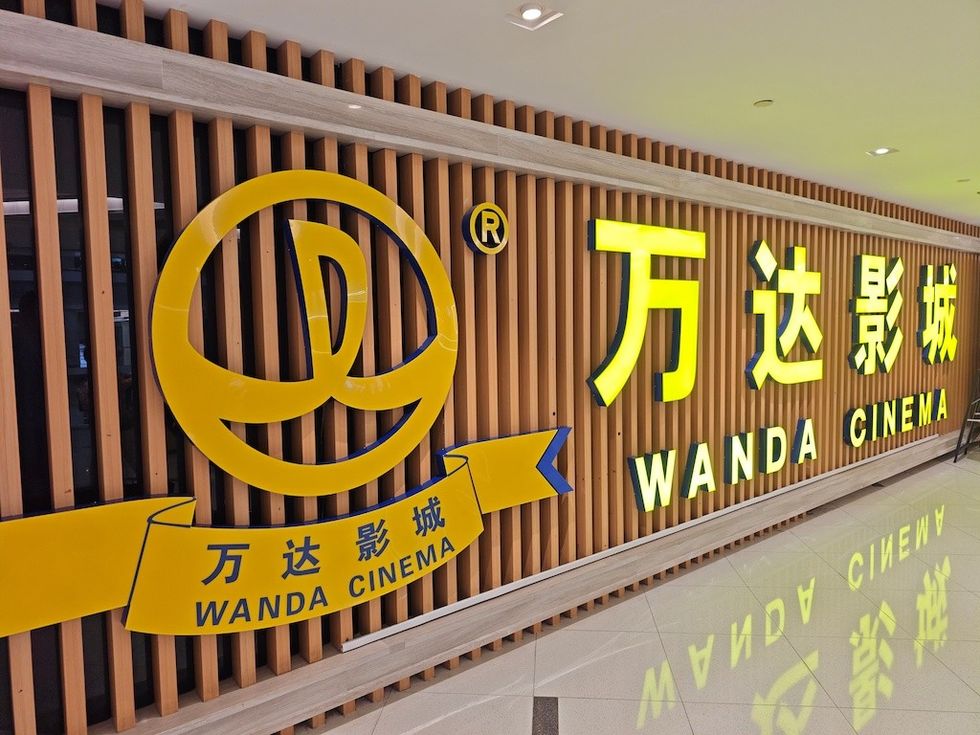
Image credit - Robert/stock.adobe.com
New seating designs emphasise comfort, wider spacing and integrated storage and charging modules, supporting what Wanda describes as “true relaxation” during the viewing experience.
Significant investments will also expand the company’s IMAX footprint, building on an already large installed base.
Beyond films, Wanda intends to programme sports broadcasts, esports, concerts and other cross-genre content on the big screen.
Its lobbies will host markets, pop-up installations, themed events, and curated exhibitions, drawing younger audiences into social and participatory encounters that are often missing from traditional cinemas.
Building a content–IP–retail ecosystem
According to a report by China Finance News, as of the end of October 2025, total box office revenue in China has exceeded 44.5 billion yuan (6.2 billion USD), officially surpassing the total for the entire year of 2024.
Wanda Film recently also released its Q3 2025 financial report, delivering a stellar performance: net profit attributable to shareholders for the first three quarters reached 708 million yuan (10 million USD), a year-on-year increase of 319.92%; net profit attributable to shareholders for Q3 reached 173 million yuan (24 million USD), a year-on-year increase of 212.04%.
In the third quarter alone, the national box office in China reached 12.72 billion yuan (1.8 billion USD) (including service fees), an increase of 17.2% compared to the same period last year.
The number of moviegoers reached 340 million, up 29.8% from the same period the previous year.
Apart from the rise in ticket sales, Wanda’s plan also depends on the creation and circulation of IP across its different business units. The company frames these not only as content products but as engines for long-term IP development.

Its strategic investment arm has already backed consumer and toy brands such as 52TOYS and Luckhaha coconut water, with dozens of stores now embedded within Wanda cinemas.
Retail items are being integrated directly into films and series to elevate brand visibility. A trial partnership with Japanese conglomerate Mitsui is introducing interactive equipment such as photo booths and gashapon machines to test models of “content × device × consumption” for Gen Z consumers.
Meanwhile, Wanda’s designer toy division, Ying Shiguang(影时光), has rolled out new original IPs and product lines, including plush-based wearable items, AI-enhanced interactive toys, and collectable art collaborations.
Its virtual idol group Vexel, supported by custom AI models, is designed to operate across films, games and merchandise, creating emotional bonds with users.
The company’s gaming arm, Enjoy Interaction (互爱互动), recorded international revenue growth of 197% in 2024, and plans to adapt Wanda-owned IP into games while also acquiring licences such as Transformers and JoJo’s Bizarre Adventure.
A template for the region, and a counterpoint to the US downturn
Whether Wanda’s model becomes a blueprint for the broader Asian market, and beyond, will depend on its ability to maintain footfall, expand non-ticket revenue and manage the operational complexity of cross-sector integration.
But the “1+2+5” structure marks one of the most comprehensive global attempts to reposition cinema as a multi-scenario entertainment ecosystem rather than a single-purpose venue.

The contrast with the United States is striking. As previously reported on blooloop in an article about the box office meltdown, US exhibitors have been trapped in a cycle of soft releases, falling attendance and an overbuilt national screen count.
Operators there are primarily focused on stabilising legacy models through premium screens or incremental upgrades, navigating an environment defined more by contraction than reinvention.
Wanda’s strategy points in the opposite direction: an expansionist, ecosystem-building approach that treats the cinema not as a troubled format to defend, but as a flexible anchor capable of hosting new IPs, consumer products, and social behaviours.
In markets where malls remain vibrant social centres and younger audiences expect multi-layered experiences, the Super Entertainment Space represents a fundamentally different reading of what cinema can become.
If the US is grappling with the limits of an old model, Wanda is attempting to create a new one. The next few years will test whether this divergence becomes a regional advantage - or a preview of how cinemas worldwide may eventually need to evolve.
Huaiyuan (Robert) Ren is blooloop's Asia editor, responsible for editorial coverage across Asia and for strengthening relationships with partners and clients in the region. Trained in art history, museum studies and business administration, he has worked extensively in exhibition-making, collections research, and cultural programming. He also serves as the Student and Emerging Professionals Trustee for ICOM UK, supporting the visibility and engagement of new voices within the cultural and museum sector.




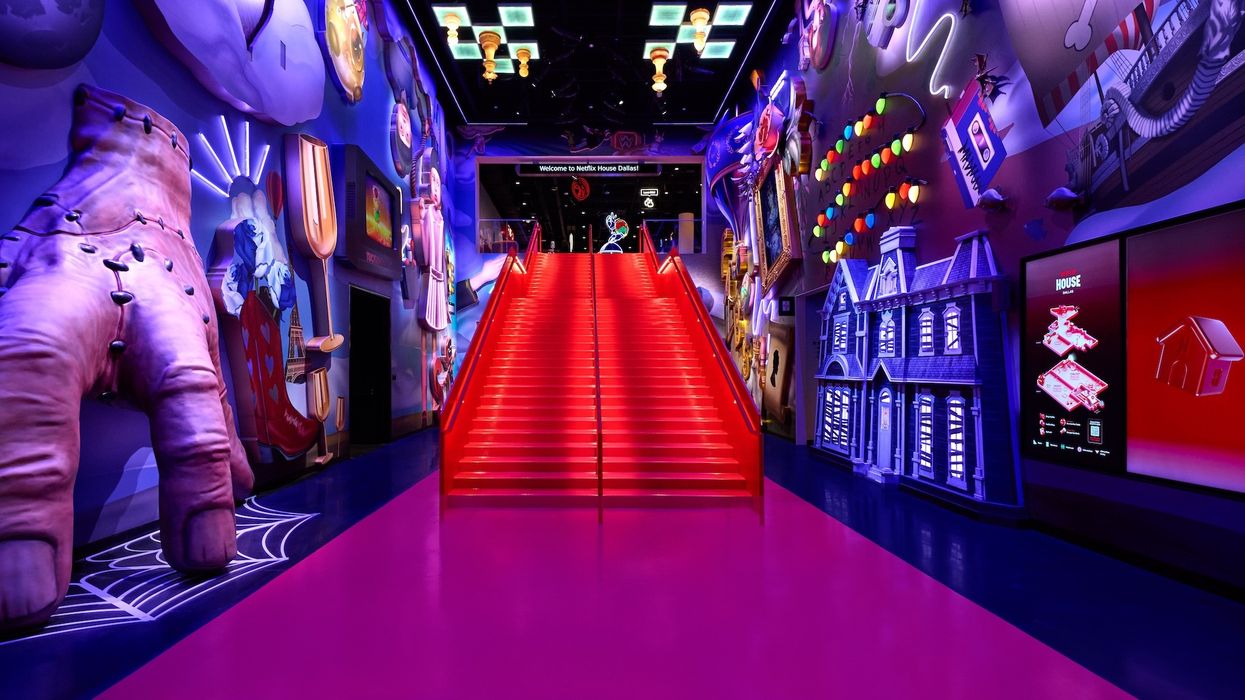


 Christian Lachel, chief creative officer, BRC Imagination Arts
Christian Lachel, chief creative officer, BRC Imagination Arts  Image credit AA+W - stock.adobe.com
Image credit AA+W - stock.adobe.com Chocoversum Image credit Sebastian Fuchs
Chocoversum Image credit Sebastian Fuchs  Belgian Beer World
Belgian Beer World 
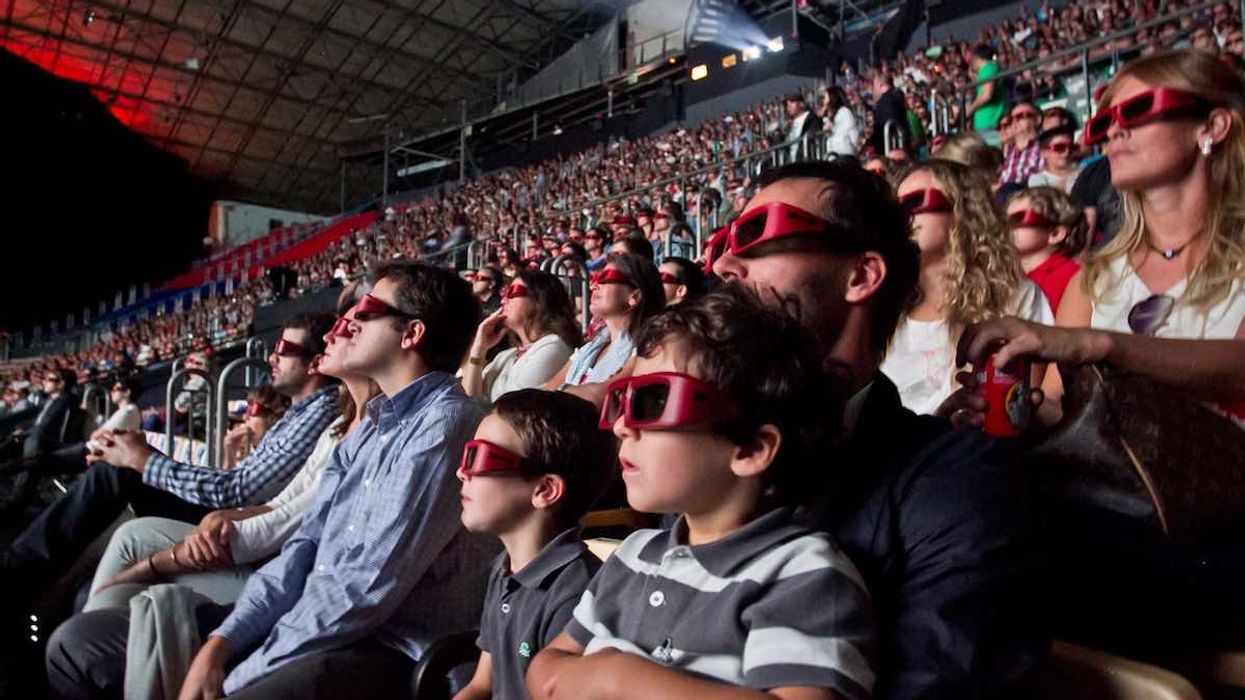





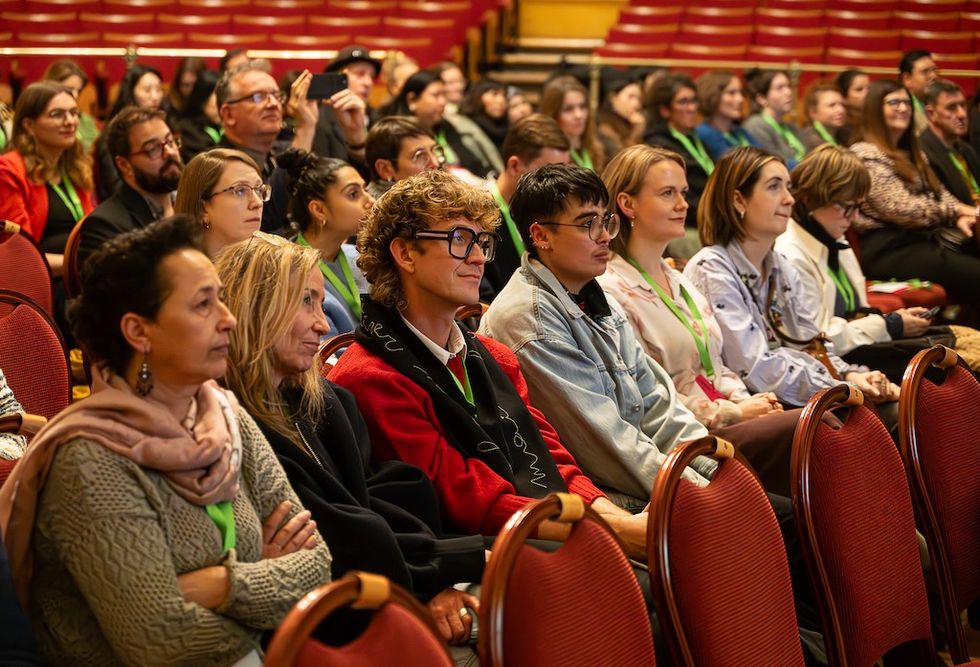
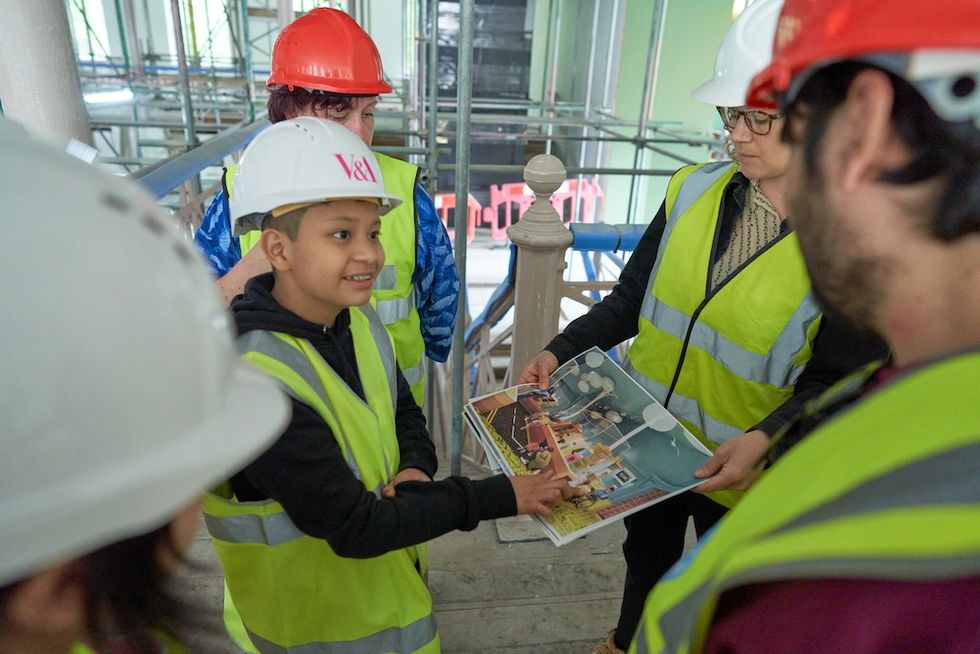 Young V&A Youth Collective members have a tour of the Young V&A construction site. Image courtesy of Young V&A.
Young V&A Youth Collective members have a tour of the Young V&A construction site. Image courtesy of Young V&A.  Floriane Perot and Ellis Hendriksen
Floriane Perot and Ellis Hendriksen
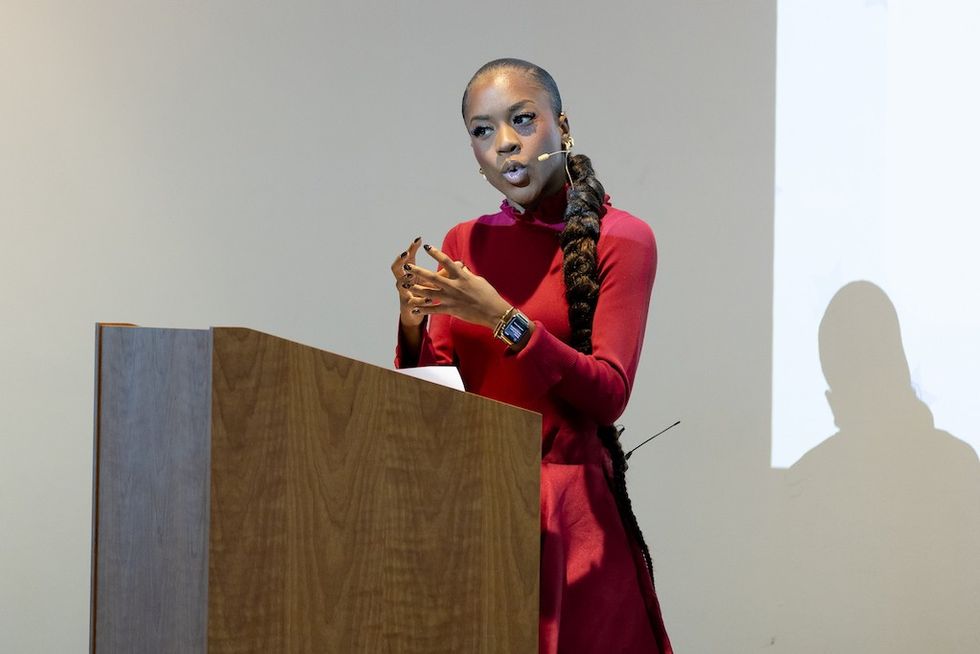 Amber Ogunsanya-William
Amber Ogunsanya-William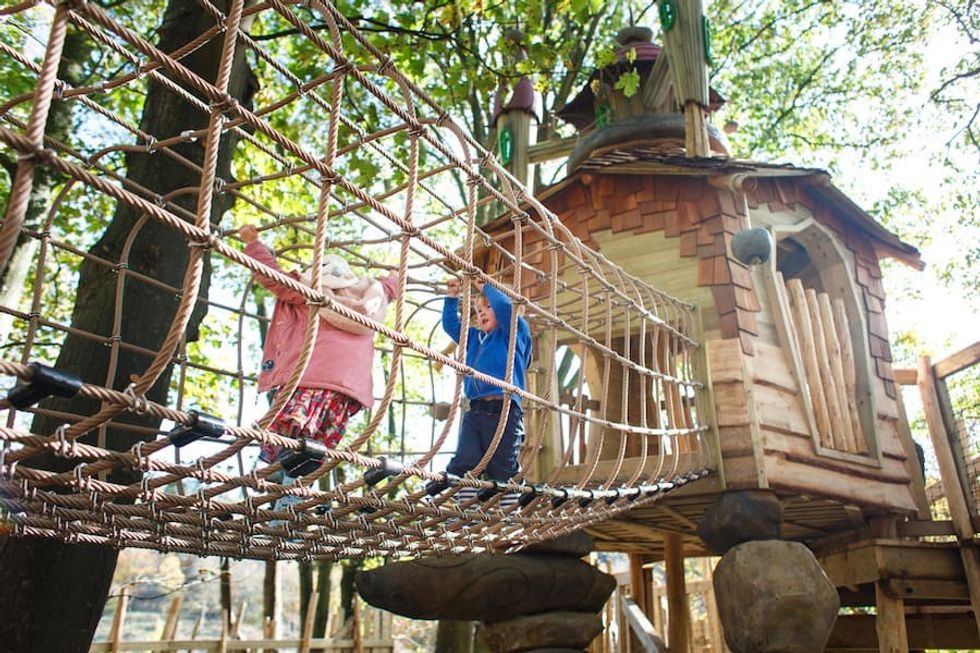 Tumblestone Hollow adventure playground by CAP.CO
Tumblestone Hollow adventure playground by CAP.CO  Ghaleya Al Mansoori
Ghaleya Al Mansoori
 Dame Rachel de Souza
Dame Rachel de Souza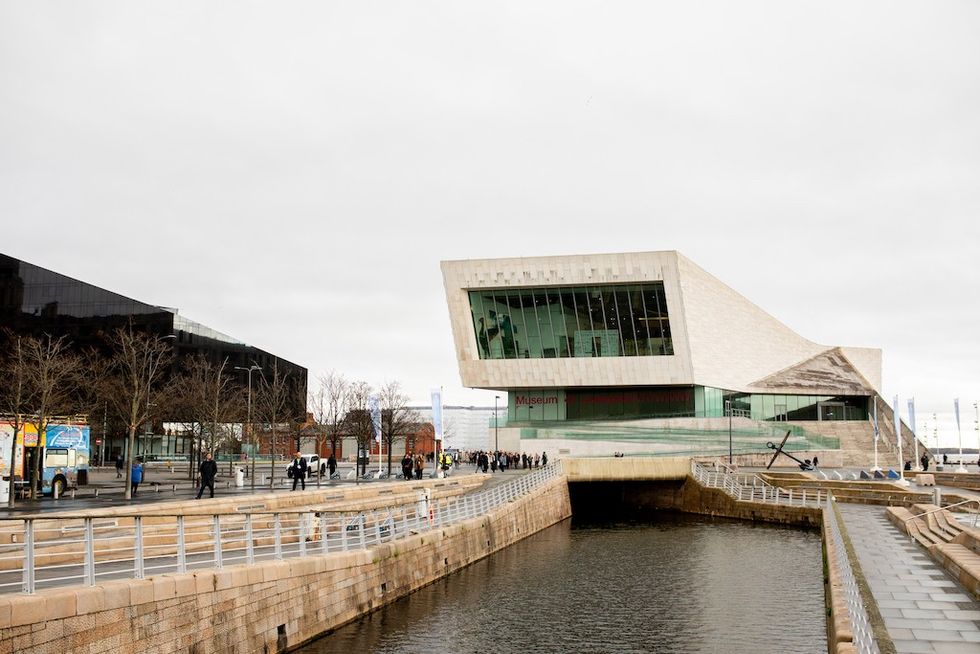 Liverpool Museum
Liverpool Museum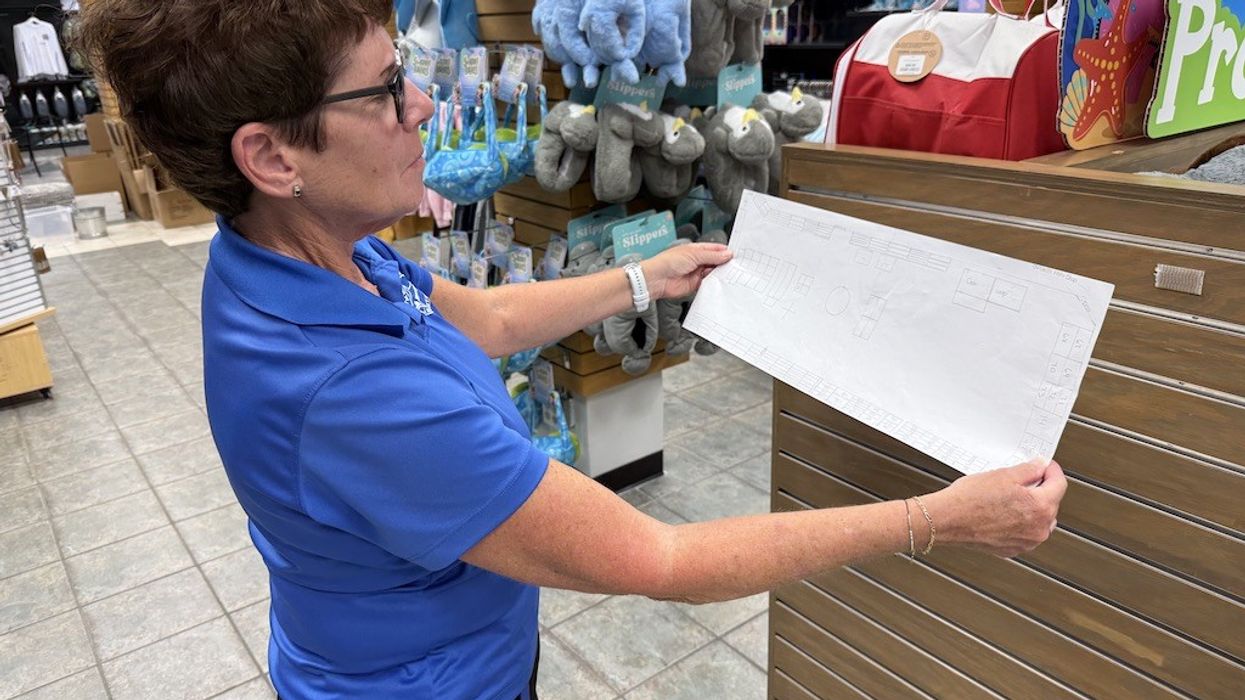




 Toby Harris
Toby Harris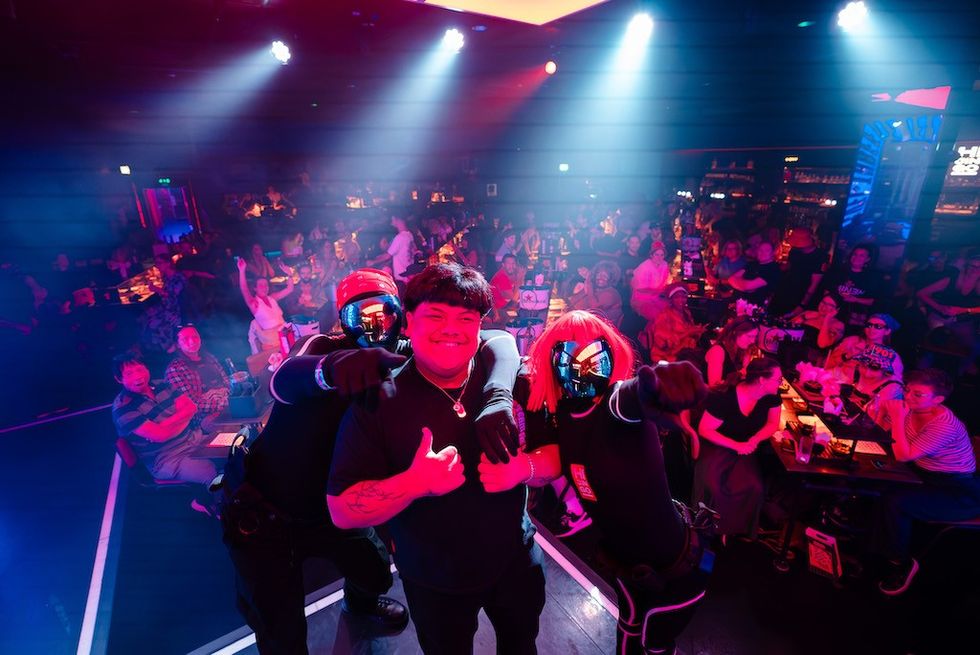 Hijingo
Hijingo Flight Club, Washington D.C.
Flight Club, Washington D.C.
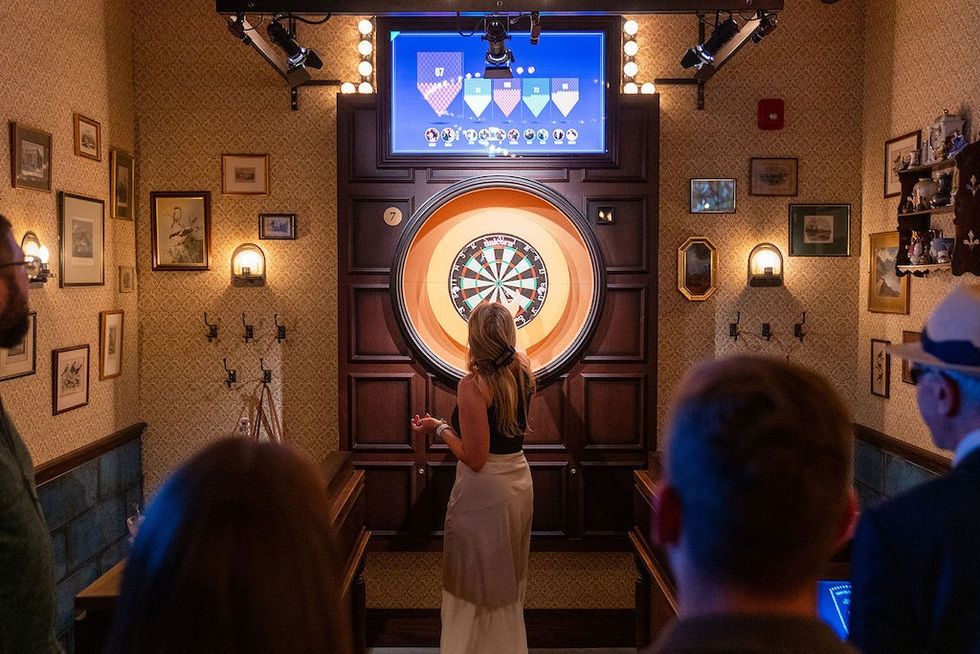 Flight Club Philadelphia
Flight Club Philadelphia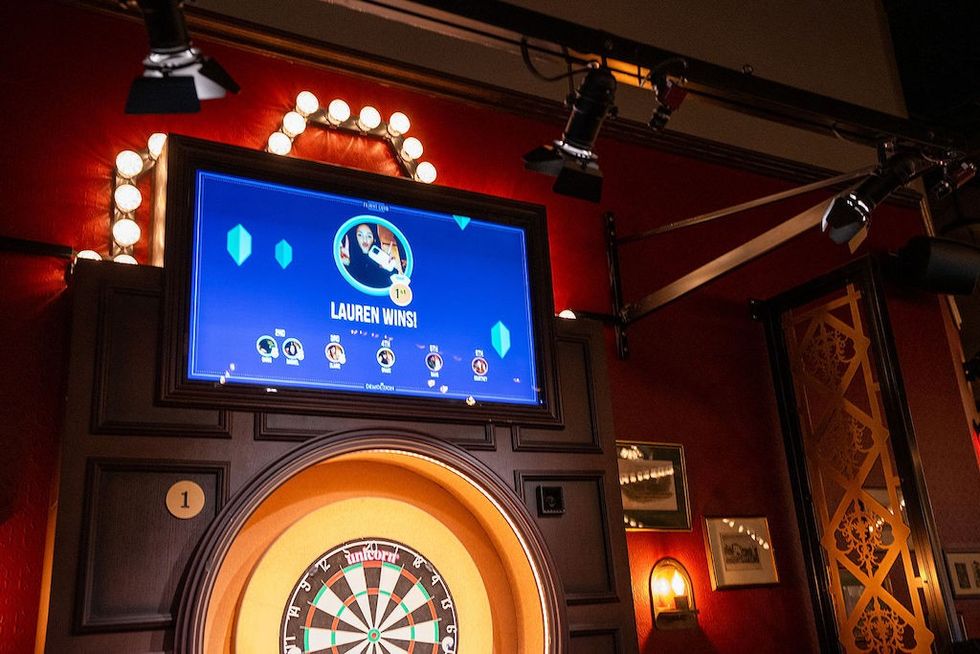 Flight Club Philadelphia
Flight Club Philadelphia Bounce
Bounce Hijingo
Hijingo Bounce
Bounce
 Fernando Eiroa
Fernando Eiroa


